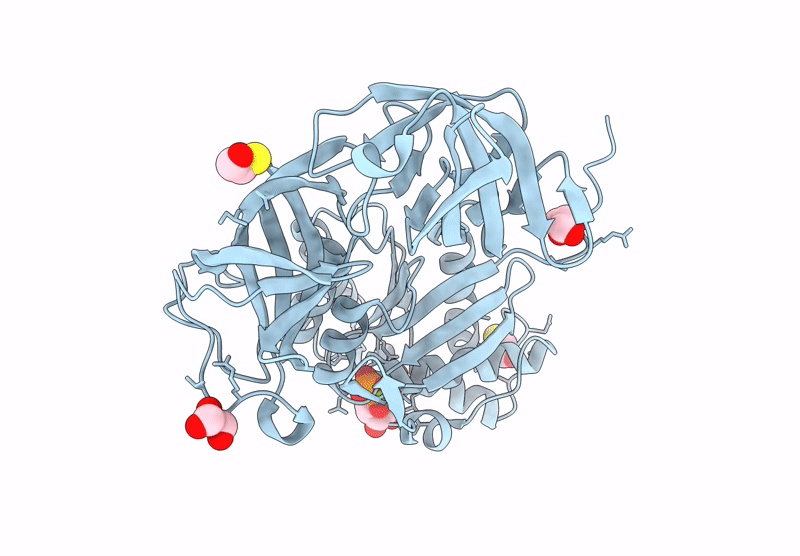
Deposition Date
2024-03-08
Release Date
2025-03-19
Last Version Date
2025-10-01
Entry Detail
PDB ID:
8YM3
Keywords:
Title:
Structural basis of Elongation factor Tu in regulating photoinhibition in Synechococcus sp. PCC 7942.
Biological Source:
Source Organism:
Host Organism:
Method Details:
Experimental Method:
Resolution:
2.05 Å
R-Value Free:
0.22
R-Value Work:
0.18
R-Value Observed:
0.18
Space Group:
P 1 21 1


